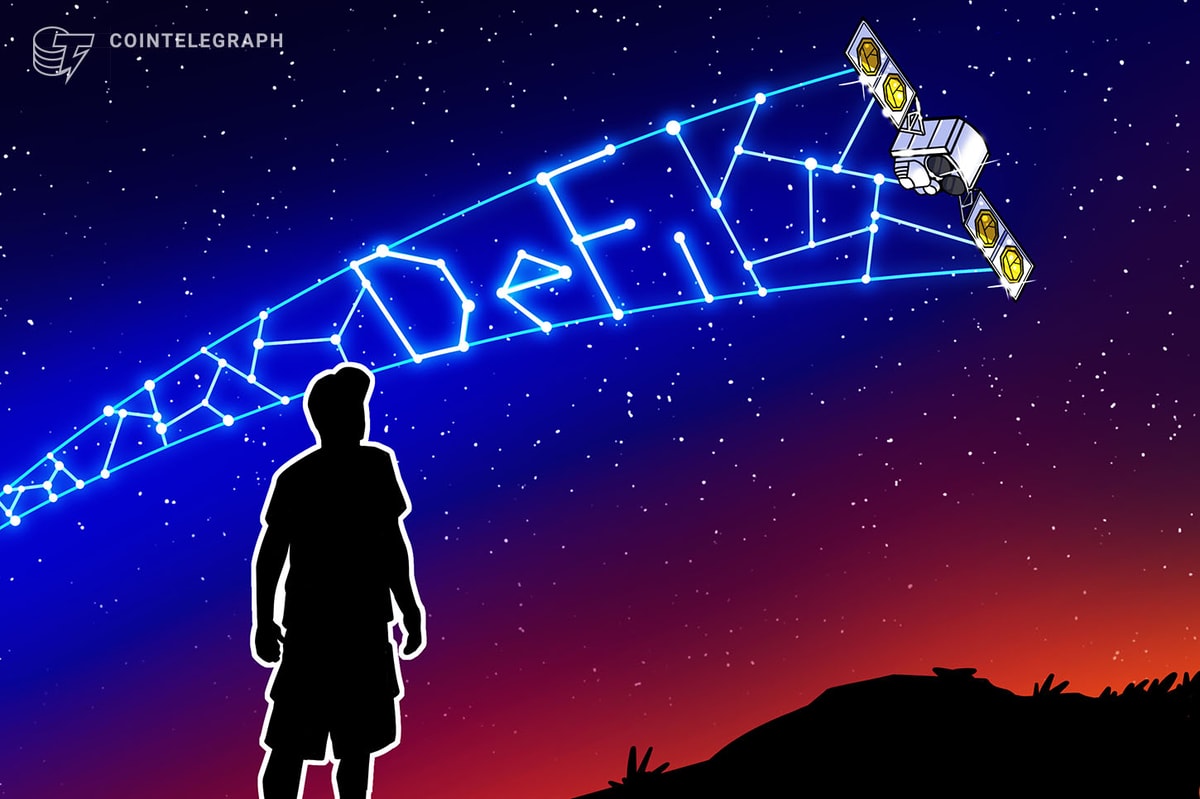Why did Phantom recreate themselves with Sonic?
Fantom was one of the pioneers of the Directed Acyclic Graph (DAG) design for the distributed ledger. It was characterized by a quick final and trading fee. However, FANTOM relies on Ethereum -derived account storage models and EVMs, and the storage has swelled and the execution time is slow.
To solve these bottlenecks and implement many other updates, FANTOM’s team launched SONIC, a completely independent new blockchain network. HTX’s new report explores SONIC’s technical background, new tokenomics model and Defi innovation.
Download the official version of the report free of charge here.
Sonic’s Technology Architecture
SONIC runs on an exclusive SonicVM execution engine, which dynamically converts the EVM byte code in a faster internal form, converting it into a faster internal format for faster running. It also optimizes heavy calculations and analyzes contract codes in order to prevent repetitive tasks to cache the valid jump target. Since SONICVM is completely compatible with EVM, Fantom Smart Contracts can be executed completely on the new blockchain.
In order to solve the problem of storing HEFTY Onchain data and the problem of slow node synchronization, SONIC uses a new database design called SONICDB. SONICDB separates the blockchain state into two databases. Use LiveDB to quickly access the current state and execution and use ArchiveDB to store the entire data. Through this separation, the consensus node can reduce the data storage requirements by up to 90%, which greatly reduces the time and sync time.
To see more comprehensive explanations of Sonic’s technical aspects, download the entire report for free here.
S token introduction
Sonic Mainnet is driven by a new primitive token. For the first six months after the launch of the Mainnet in December 2024, S remains non -inflation. Then, 6%of the initial supply is supplied to compensate for the initial users of the blockchain. The entire report provides an in -depth scope of a different capital efficient air drop agricultural strategy with different risk profiles.
SONIC is also compensated to developers through a gas fee revenue generation (FeEM) mechanism. Up to 90%of the transaction fee of the participating application is delivered to the developer, while the rest is delivered as an validation.
Become a new hub of Defi
One of Fantom’s founders, Andre Cronje and Megnance protocols lead Sonic’s Defi Innovation. Cronje unveiled the Flying Tulip, a new Defi platform that combines trading, liquidity pool and loan features. This report discusses some innovations that flying Tulip brings to Sonic Block Chain.
Flying Tulip is based on the same concept as the dynamic bonding curve of the curve V2. AMM with dynamic bonding curves adjust curvature depending on how close the pool price is to the external price observed by Oracle. It also automatically focuses the current liquidity around the price to simplify liquidity management and improve capital efficiency. Flying Tulip introduces a narrower range with a new dynamic loan model, with a faster equilibrium curve update and a different improvement. For more information about the Flying Tulip and its advantages, check out HTX’s entire SONIC report.
Download the official version of the report free of charge here.
This article does not include investment advice or recommendation. All investment and trading measures include risks, and the reader must do his own research when making a decision. This article is for general information purposes and should not be considered legal or investment advice. The views, thoughts, and opinions expressed here are the author’s alone and do not necessarily reflect or represent the views and opinions of Cointelegraph. Cointelegraph does not guarantee the contents of this article or the products mentioned here. The reader must take action related to the mentioned product or company and conduct his research before he is responsible for his decision.

